Graphic design magazines are an essential tool for anyone interested in creativity and visual communication. They offer fresh ideas, industry news, and expert tips that help designers stay inspired and up-to-date with trends. These magazines provide a unique mix of practical advice and artistic inspiration that digital sources alone often can’t match.
Many graphic design magazines focus on topics like typography, layout, advertising, and innovation. They display impressive projects, share stories from industry leaders, and showcase new techniques that can spark new ways of thinking. Whether a beginner or a professional, these magazines can help sharpen skills and provide a steady stream of motivation.
With so many options available, it’s important to find magazines that fit specific interests and needs. Some offer print copies for a hands-on experience, while others shine online with interactive content. Choosing the right magazine can make a big difference in how a designer grows and connects with the creative world.
Key Takeways
- Graphic design magazines inspire creativity and keep readers informed.
- They cover a wide range of design topics and industry trends.
- Picking the right magazine helps designers improve and stay connected.
Overview of Graphic Design Magazines
Graphic design magazines provide insights into current trends, creative techniques, and the industry’s history. They offer both inspiration and practical knowledge, helping designers stay connected to their craft and community.
Definition and Purpose


Graphic design magazines are publications that focus on visual communication and creative design. They showcase new work, trends, and tools used by designers. These magazines also include interviews, tutorials, and critiques to help readers improve their skills.
The main purpose is to inspire and educate designers at all levels. Many magazines provide both print and digital formats, giving access to a wide audience. They serve as a resource for staying updated on innovations and design culture while sparking fresh ideas.
Historical Evolution
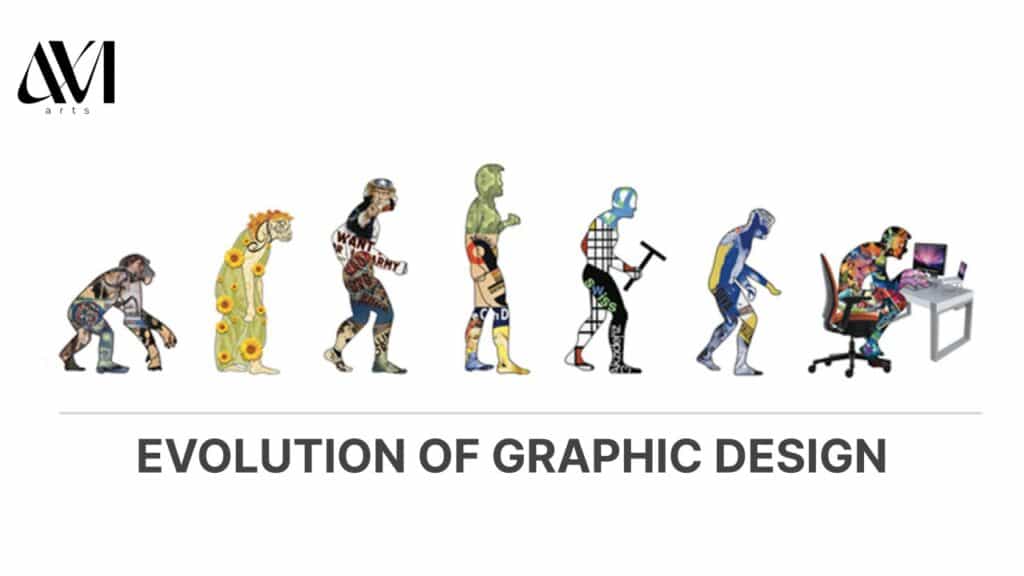
Graphic design magazines began as print journals in the early 20th century. They grew in popularity as the design profession developed. Early issues focused on typography and print design techniques.

With time, magazines expanded to cover digital design, branding, and motion graphics. The rise of the internet brought digital editions and online content. Despite changes, print versions remain valued for their tactile experience and visual impact.
Role in the Design Community
These magazines act as a hub for creatives to connect and learn. They highlight notable designers, trends, and major projects worldwide. This fosters a shared vocabulary and understanding across the field.
By offering critical essays and diverse viewpoints, magazines encourage thoughtful reflection on design’s role in culture. They also provide an accessible space for emerging designers to gain visibility and inspiration. Many in the community rely on them as continuous sources of motivation and knowledge.
Top Graphic Design Magazines
Graphic design magazines offer a lot for creatives who want fresh ideas, new trends, and practical advice. Some magazines stand out because they are known worldwide, while others focus deeply on specific parts of design. Digital-only magazines also play a big role by offering easy access to content and interactive features.
Internationally Recognized Publications


Magazines like Communication Arts and Graphic Design USA have been trusted by professionals for many years. They cover a wide range of topics, such as advertising, branding, typography, and digital media.
Communication Arts is popular for its mix of print and digital options. It brings inspiration to designers, agencies, and creatives through regular issues showing the best in the field.
Graphic Design USA has been around since 1963 and is well-known for covering news, trends, and new technologies. It’s a resource for those who want to stay updated on the graphic design industry worldwide.
Niche and Independent Titles
Some magazines focus on very specific parts of design or take a more critical approach. For example, Eye Magazine explores the history and impact of graphic design, which helps readers think beyond current trends.
Independent magazines often dive deep into culture, theory, or experimental design. They tend to appeal to readers who want to challenge themselves and learn from thoughtful, less commercial content.
These titles might reach smaller audiences but offer rich, unique perspectives that bigger magazines don’t always provide.
Digital-Only Magazines
Digital-only magazines are growing fast because they offer instant access and interactive experiences. These publications use videos, animations, and links to make the content more dynamic.
They also allow designers to read on the go, using phones, tablets, or computers. This format supports fast updates, so readers get the latest news and trends without waiting for print editions.
Digital magazines often combine inspiration with practical tips, making them popular among younger designers and those working remotely.
Features and Content of Graphic Design Magazines
Graphic design magazines offer a mix of detailed text and strong visuals. They focus on trends, ideas, tools, and real-world examples. Readers get a balanced view of theory, practice, and inspiration to improve their design skills.
Editorial Content
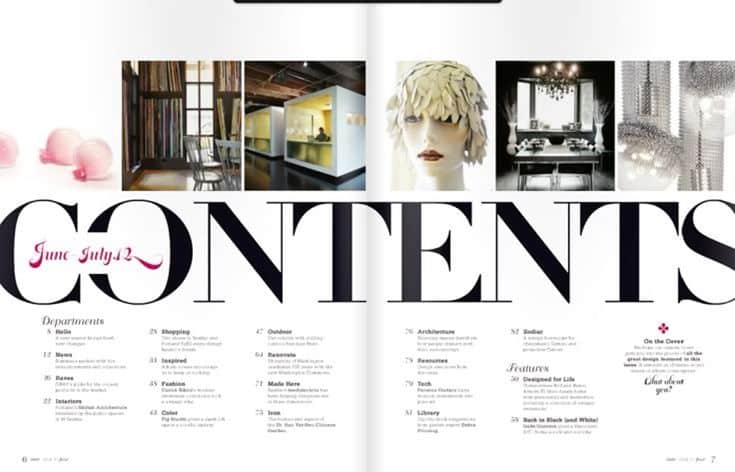
Graphic design magazines include well-written articles that explain design trends and techniques clearly. They often cover the history and theory behind visual styles, helping readers understand why certain designs work.
Many pieces discuss new tools and software, offering tips and tutorials. Some magazines also provide advice on managing a creative career or freelance work. These articles are usually easy to follow, making complex topics simple for both beginners and pros.
The editorial tone is friendly and supportive, encouraging readers to try new methods and think about design in fresh ways. This content helps readers stay updated and motivated in their work.
Showcasing Contemporary Design Work
Magazines feature high-quality images showcasing current projects by designers around the world. They highlight everything from small freelance jobs to large commercial campaigns.
These showcases often include case studies that explain the design process and challenges. Readers learn about the materials, concepts, and steps taken to create the final product. This adds value beyond just looking at pictures.
Layouts are carefully crafted to give space for visuals while keeping the text readable. This design balance helps readers focus on the artwork and understand the story behind it.
Interviews and Contributor Spotlights


Interviews with designers and creative professionals bring personal insights into the magazine. These talks cover career paths, sources of inspiration, and advice for others in the field.
Contributor spotlights show a range of voices from different styles and backgrounds. Readers get to know artists beyond their work, learning what drives them and their creative philosophies.
These features encourage a sense of community. They motivate readers by sharing real experiences and tips from people working in graphic design today.
How to Choose a Graphic Design Magazine
Choosing the right graphic design magazine depends on what inspires the reader, how they prefer to access content, and what format fits their lifestyle. Important details include the magazine’s focus, subscription types, and whether print or digital suits their needs.
Factors to Consider
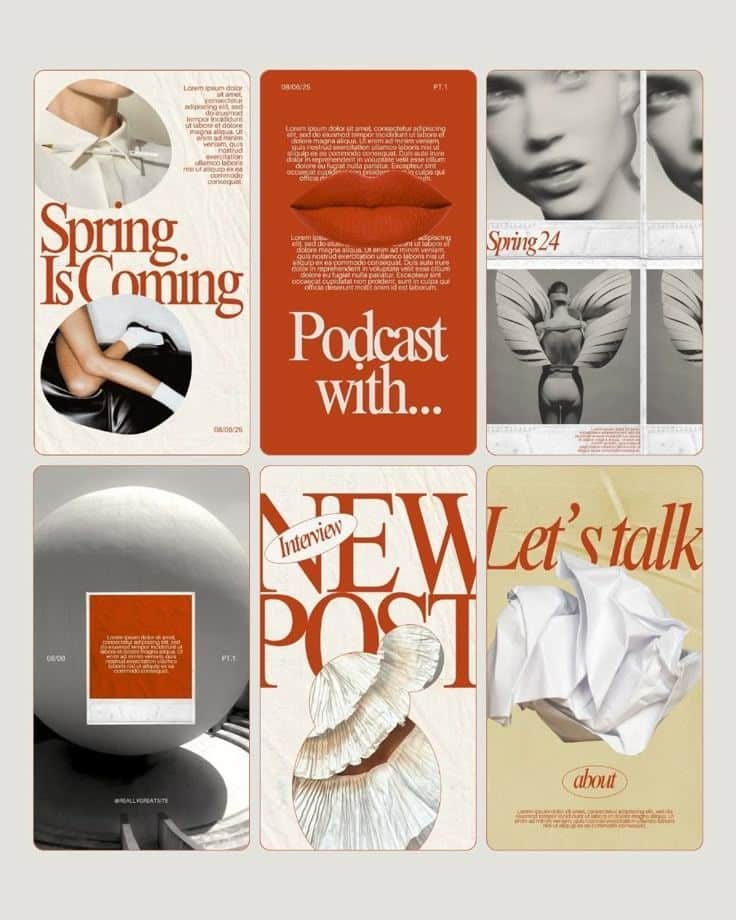
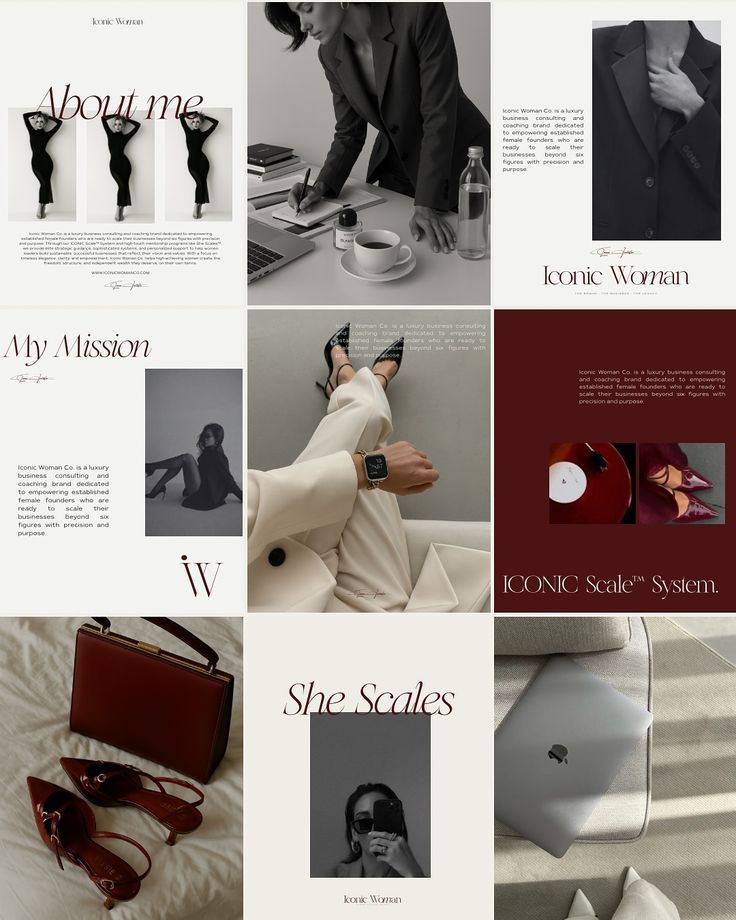
Readers should look at the magazine’s main focus. Some magazines cover industry trends and technology, while others explore design theory or showcase creative work from global artists. Content quality and how often the magazine is published should also be checked.
The reader’s design interests matter too. For example, a web designer might want a magazine that highlights digital design trends. The magazine’s reputation and reviews can guide choices as well.
Subscription Options
Some graphic design magazines offer free subscriptions to professionals working in agencies or studios. Others have paid subscriptions, with options for monthly, quarterly, or yearly deliveries.
It helps to know if the subscription includes extras like online access, bonus tutorials, or community events. Flexibility to pause or cancel the subscription is important for some readers.
Print vs Digital Formats
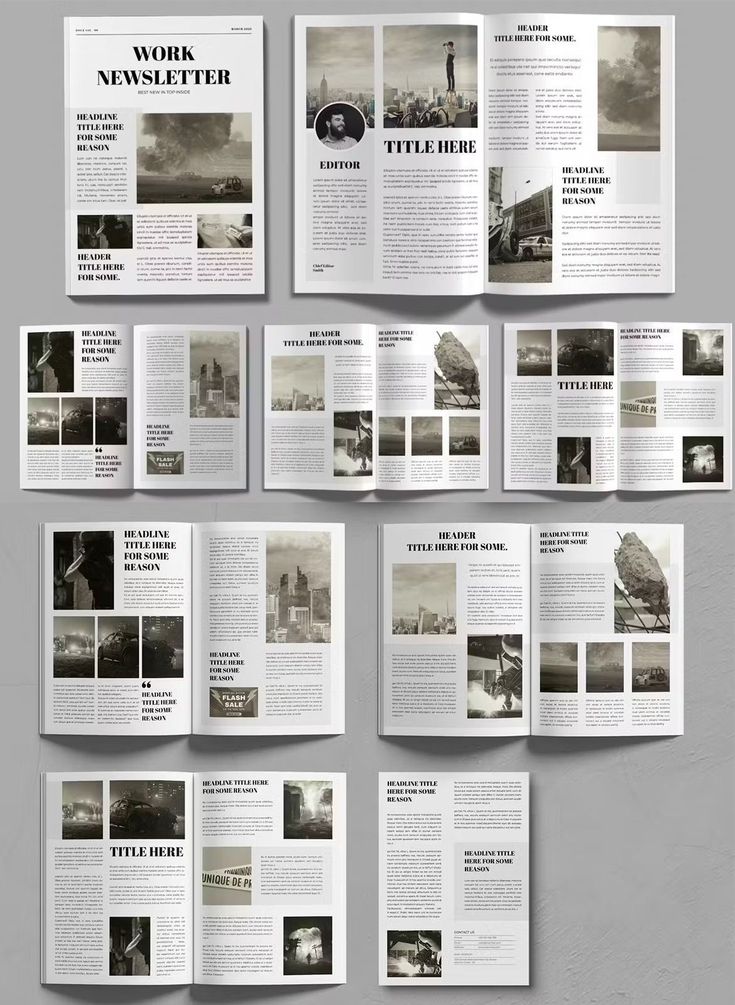

Print magazines give a hands-on experience. Many find flipping through glossy pages relaxing and inspiring. Print issues can be saved for later reference or collection.
Digital formats offer instant access and interactive features like videos or links to resources. They are more portable and eco-friendly. A reader’s routine will influence whether print or digital works better for them.
Impact of Graphic Design Magazines on the Industry
Graphic design magazines influence many parts of the design world. They provide fresh ideas and help predict what styles and techniques will matter next. These magazines also give designers examples of high-quality work and a space to learn new skills.
Inspiring Designers
Graphic design magazines show a mix of innovative projects and work from influential designers. This helps readers see what is possible and pushes them to improve their skills. Many magazines include detailed case studies that break down how a design was made, which teaches practical tips.
Designers often find motivation in seeing creative solutions and bold styles. The print format allows readers to engage deeply with the visuals, offering a different experience than online content. This can spark new ideas and help designers stay excited about their craft.
Trendsetting and Forecasting


Magazines often highlight emerging trends before they become popular. They analyze shifts in design styles, colors, typography, and technology use. This foresight allows designers and companies to prepare for future demands and stay competitive.
These publications also explore how design connects to culture and business. By understanding these trends, designers can create work that feels current and relevant. Editors and critics often provide thoughtful insights, helping readers think critically about the direction of design.
- 0shares
- Facebook0
- Pinterest0
- Twitter0

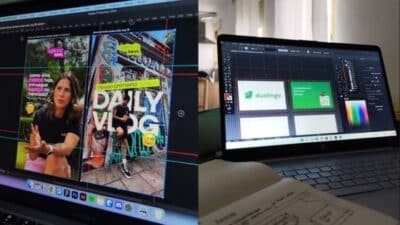

Last time i read a magazine i was in a plane 😃